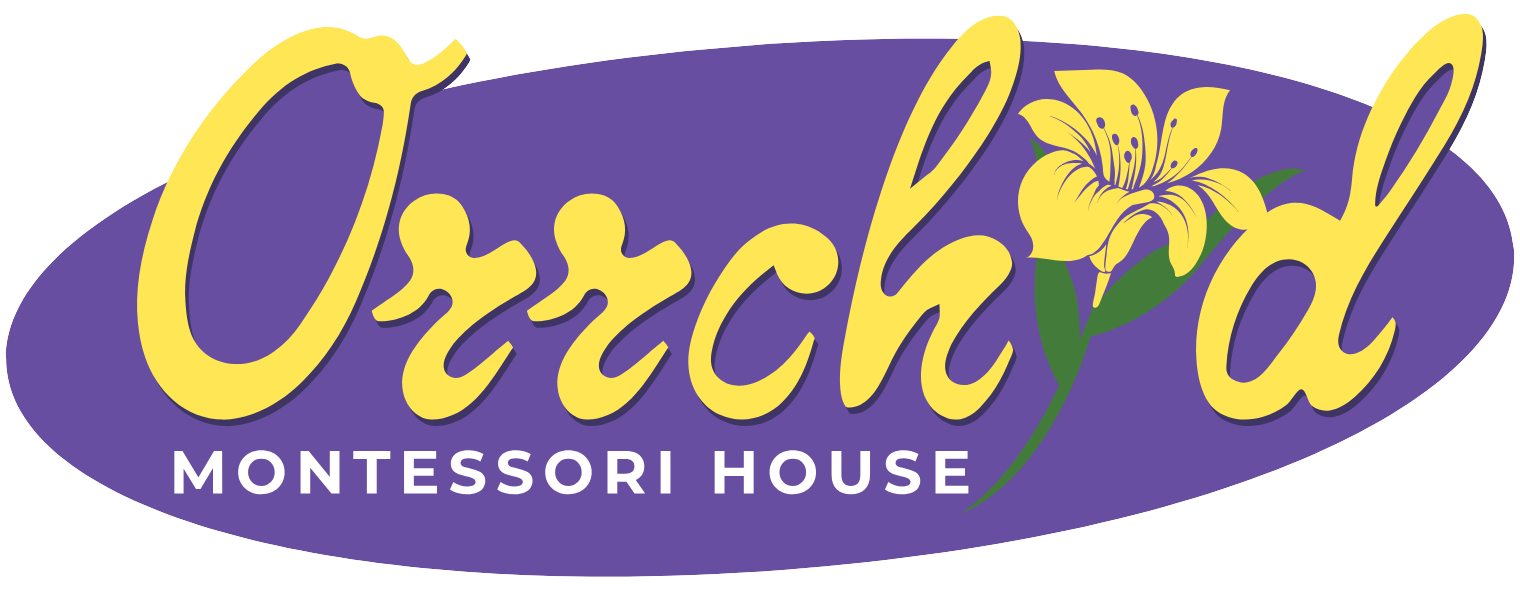Introduction
Walk into a Montessori classroom, and you’ll immediately notice something different — shelves arranged just at a child’s height, soft natural light, carefully selected materials, and children moving calmly with purpose. This is no accident. It’s what Dr. Maria Montessori called “the prepared environment” — a thoughtfully designed space that encourages children to explore, choose, and learn independently.
In a world where many educational systems focus on instruction and control, the Montessori method flips the script by focusing on freedom within limits — and it all begins with the environment.
What Is a Prepared Environment?
A prepared environment is one where every element — from the layout to the learning materials — is intentionally chosen to meet the developmental needs of the child. In a Montessori setting, the classroom is not just a room; it’s a living, learning ecosystem that encourages autonomy, curiosity, and responsibility.
The environment is designed to support:
-
Freedom of movement
-
Hands-on learning
-
Choice and concentration
-
Respect for self and others
Key Elements of a Montessori Prepared Environment
-
Child-Sized and Accessible Furniture
Tables, chairs, and shelves are all scaled to a child’s size, helping them interact with their surroundings comfortably and independently. When a child can reach materials on their own, they feel empowered to take initiative.
-
Organized and Purposeful Materials
Montessori materials are not random. Each one serves a specific educational purpose — from sensorial development to math concepts — and is placed in a consistent location. Children learn to return items where they found them, encouraging responsibility and order.
-
Freedom Within Structure
While children are free to choose activities, the choices are within a prepared and intentional framework. This balance fosters decision-making skills while maintaining a peaceful, focused atmosphere.
-
Mixed-Age Groups
Children learn not just from the environment but from each other. Older children reinforce their knowledge by helping younger peers, while younger ones are inspired by watching others. This natural mentoring builds confidence, empathy, and leadership.
-
Minimal Adult Interference
In Montessori, the teacher is a guide, not a director. Adults prepare the environment and observe carefully but only intervene when necessary. This cultivates self-discipline and problem-solving skills in children.
Why It Matters: Fostering Independence
When children are trusted to choose, explore, and make mistakes, they begin to believe in themselves. The prepared environment encourages children to:
-
Take ownership of their learning
-
Solve problems without relying on adults
-
Learn at their own pace, based on their interests
-
Develop a sense of order and responsibility
The result? Children become confident, self-motivated, and capable individuals — essential qualities for success not just in school, but in life.
Tips for Parents: How to Prepare a Montessori-Like Space at Home
You don’t need a full classroom to apply these ideas at home. Try these small changes:
-
Create a low shelf with a few activity trays
-
Use child-sized tools for meals and chores
-
Encourage your child to dress themselves
-
Let them help set the table or water plants
-
Keep toys and books within their reach and organized
Conclusion
In the Montessori method, independence isn’t something children grow into later — it’s something they develop from the start. By creating a prepared environment, we offer children the gift of freedom — the freedom to learn, to choose, to act, and to grow.
At Orchid Montessori House, our classrooms are more than just learning spaces — they are nurturing environments where every child is trusted, respected, and empowered to flourish.
